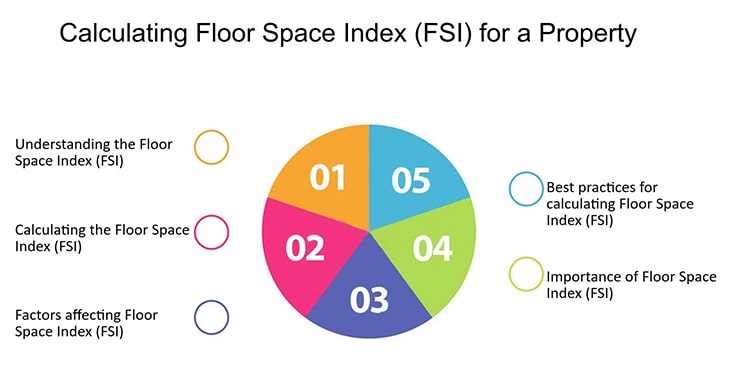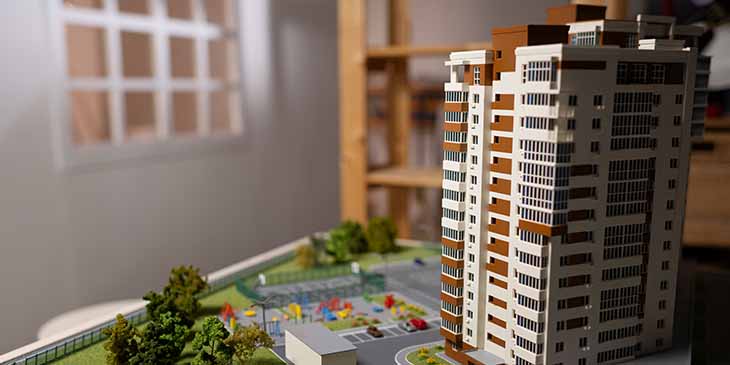
Register here and Avail the Best Offers!!
 +91-999 9011 115
+91-999 9011 115 
 By Buniyad
By Buniyad 08/23/2018
Taxes are one of the major sources of revenue for the Government which helps them in funding various amenities to be provided to general public of the Country. Taxes are of different kinds such as income tax, Goods and Service Tax, Professional Tax, Property tax etc. Certain taxes are levied by the central Government and proceeds are collected and disbursed centrally and certain other taxes are state specific and revenues are received by various states departments and municipal corporations for the purpose of funding State budget.
Property tax is a local tax and it is collected by local municipal authorities from the property owners residing in a particular locality. Property tax is levied for all types of residential units such as individual houses, Flats, and apartments, shops, godowns as well as vacant land .The tax so collected is utilised to provide basic civic facilities and services to the residents in the city, such as roads, parks, sewer systems, street light connections, water tank erection, maintaining the cleanliness of the city etc so . Property tax is collected every six months. Property tax being governed by State Government and further delegation to various municipalities results in difference in basis of levy, computation, mode and manner of its payment.
Property owners are liable to pay property tax to Local Municipality authority operating in their area. In Delhi it is governed by Municipal Corporation of Delhi (MCD)
The MCD follows Unit Area Value (UAV) system, for calculating the amount of property tax. The UAV is based on expected returns from the property, depending upon its location, valuation of the property and nature of usage of the property (rented or for own use). The computation of property tax is based on the below formula.
Property tax = Annual value x Rate of tax
Annual value = Unit area value per sq metre x Unit area of property x Age factor x Use factor x Structure factor x Occupancy factor
Rate of tax: Tax rates for properties in categories A to H are published by the MCD every year.
Unit area value: This is a value given for one sq metre of the built-up area of a property.
Unit area of property: The built-up area in sq metres is taken into consideration for computation.
Age factor: The total no of completed years since the property is built
Use factor: Whether the property is used for residential or commercial segment
Structure factor: RCC constructions are taxed higher than low value constructions.
Occupancy factor: Property is for own use or given in rent

Embarking on property investment is a transformative […]

Acquiring property is a substantial and intricate […]

The Delhi-NCR real estate market is poised […]

In the realm of luxury bedroom design, […]

Luxury living, epitomized by builders like Nitara […]

South Delhi has consistently remained a coveted […]

Introduction: The Real Estate (Regulation and Development) […]

The Union Budget 2024 stands as a […]

Buniyad Blog is proudly powered by WordPress